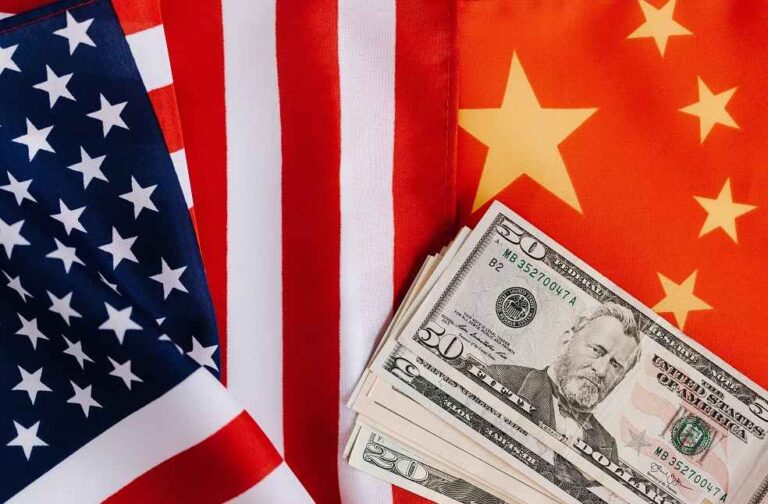The global fashion industry is sailing in stormy seas due to the persistent trade tensions between the US and China. These economic frictions aren’t contained within these two nations but ripple out, significantly affecting countries that are heavily reliant on them for trade.
At the heart of this tension is Section 301 of the US Trade Act of 1974. It bestows on the US President the authority to retaliate against any foreign government’s act, policy, or practice that violates international trade agreements or restricts US commerce.
This trade tussle took flight in August 2017 when then-President Donald Trump imposed tariff hikes on $250 billion worth of products. Garments were initially spared but became part of the tariff list in August 2019, when duties were imposed on an additional $300 billion of Chinese imports.

The outcome was a sharp drop in garment imports from China. China’s share of the US market fell from 21.6% in 2018 to 17.1% in 2022, a 20.8% drop. China’s garment market share also slipped from 41.9% to 34.7%, a 17.1% decrease. Yet, despite these losses, China retains its position as the top supplier to the US for garments and other products.
The trade spat has reshuffled the deck of the global market. Vietnam, Bangladesh, and India experienced a boost in market share. Vietnam’s market share grew by 12.9% in value and 10.8% in units. Bangladesh enjoyed a hefty increase of 37.6% in value and 38.8% in units, while India saw a gain of 17.3% in value and 19.1% in units.

On the flip side, the CAFTA-DR region and Indonesia experienced a slump. The CAFTA-DR region suffered a 14.1% drop in units, and Indonesia saw a decrease of 20.6% in units.
Recent years have been marked by extraordinary events such as the COVID-19 pandemic in 2020 and a volatile 2022, clouding the actual effects of the Section 301 punitive duties.
In theory, the imposition of tariffs aims to protect domestic industries, augment revenue, and shift production away from China. But these reasons encounter stark challenges in reality. Despite these challenges, political sentiment against China makes it difficult for the US to rescind the tariffs.

From the viewpoint of suppliers, the race for China’s lost market share is a steep uphill battle. Competitors like Bangladesh, India, Cambodia must square off against China, which may pivot towards strengthening its fashion sector. To make their mark, these countries must offer a competitive edge that matches China’s, a feat demanding enormous effort, time, and capital.
The unfolding scenario forces garment-exporting countries to ponder whether to compete in this sector or invest in other higher value-added industries. This period stands as a potential game-changer for the global garment industry, its impact extending far beyond China and the US.
EDITOR’S CHOICE: War on Waste: Bans Unsold Fashion Destruction



